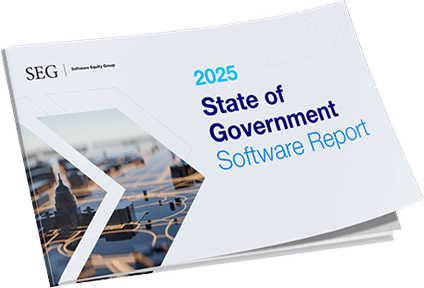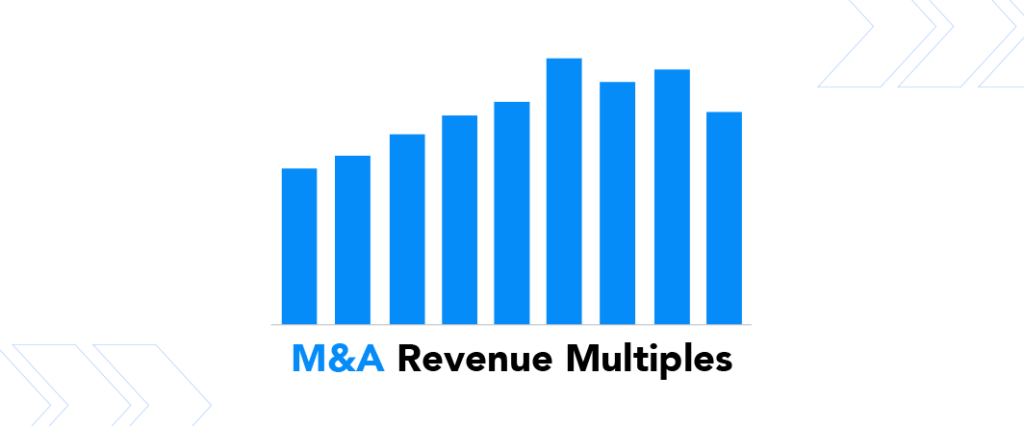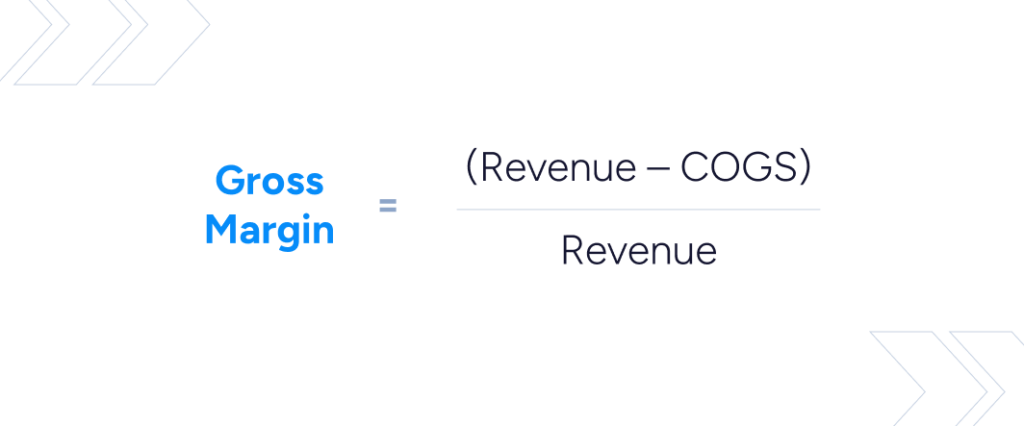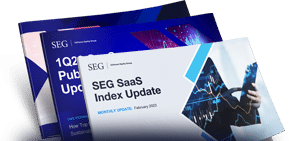SaaS Valuations: Interview with Ben Murray from The SaaS CFO
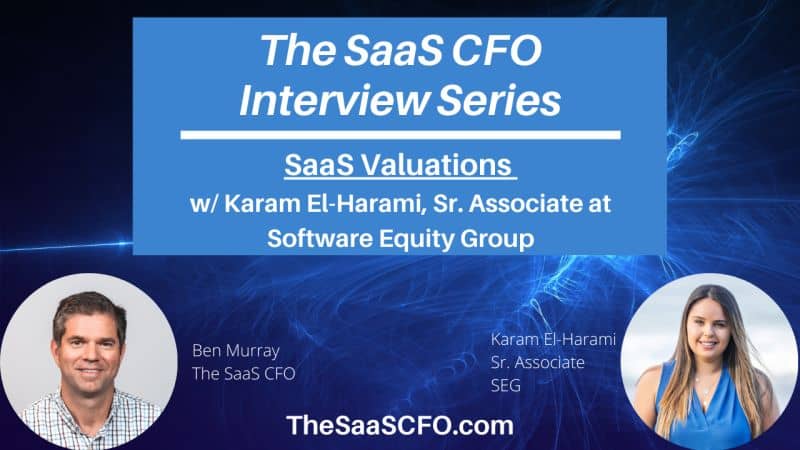
Ben Murray, Founder of The SaaS CFO, recently spoke with SEG Senior Associate Karam El-Harami about the importance of SaaS valuations. Topics included:
- Is there a myth that strategic buyers will pay more than financial buyers?
- When does it make sense to value your business on a multiple of ARR or EBITDA?
- Is valuation a chicken or the egg type concept? Are ARR or EBITDA multiples the result of the financial performance of the business?
- What SaaS metrics really drive valuation? Has this changed over time?
- What do founders need to do to get their house in order before an exit?
- When does it make sense to run a formal “process?”
- What services do M&A advisors provide in an exit?
- How are revenue models based on usage, consumption, and/or transaction pricing affecting the valuation process?
Below we summarize some key questions and answers from the interview:
- Q: Is there a myth that strategic buyers will pay more than financial buyers?
- Q: When does it make sense to value your business on a multiple of ARR or EBITDA?
- Q: What SaaS metrics and/or financial metrics really drive valuation?
- Q: What do founders need to do to get their house in order before an exit?
Q: Is there a myth that strategic buyers will pay more than financial buyers?
Karam: It is not a myth. Typically strategics will pay higher multiples than private equity firms simply because of synergies and differentiation. However, we recently started to see private equity firms become more competitive than they’ve ever been because their mandate is to spend their dry powder on the companies that have an opportunity to grow and scale. Investors will get competitive for those companies that check all their boxes, are a scarce asset in an attractive market, and ones where the investor can build an M&A inorganic growth thesis around the company. However, I don’t think it’s a myth.
Q: When does it make sense to value your business on a multiple of ARR or EBITDA?
Karam: Generally speaking, it depends on where the company is in its maturity life cycle. In the earlier stages, companies are typically focused on growth and reinvestment into the business. So, they are not focused on EBITDA and profitability. Because they are trying to grow the top-line, they will focus more on ARR and ARR multiples. When a company is much larger and further along in its maturity life cycle, growth will still be there, but it will slow down given the scale of the business. These companies will generate more cash and are more profitable now compared to five years prior. With that, it may make more sense to look at EBITDA versus ARR, but it depends on the company profile and where they are in their maturity life cycle.
Q: What SaaS metrics and/or financial metrics really drive valuation?
Karam: Some metrics are very important. Going back to my comment about the myth, PE’s will be competitive if a company checks all their boxes. Some of their boxes include those metrics, including growth rates, gross retention, and net retention metrics. All those metrics are very important to track, especially if you can track it per segment, whether by customer segment, module, product, or whatever applies to that business. Those are the questions buyers and investors will ask during the process. Before you even get to a multiple, if growth does not exist or retention is not good, you will not get too far along. Growth and retention are critical when it comes to buyers.
Q: What do founders need to do to get their house in order before an exit?
Karam: First, founders should implement systems that track those metrics we mentioned earlier. Work with third-party accounting firms or other third parties that help clean data for historical periods and implement these systems going forward. Historical trends are very important when evaluating a business, so having access to all of that clean and reliable data is very important. Working with a legal team to focus on cleaning up all the legal documents is typically pushed to the very end of a process, which can be tedious. So, you should avoid having to clean documents or collecting signatures or whatever it may be at the 11th hour. Having all of that done in parallel would be very helpful. Most important, though, is focusing on not only growing the business but product differentiation as well.
Whether you are an experienced SaaS provider or a start-up learning and years from a liquidity event, understanding the factors impacting valuation and working on them today is critical to a successful exit down the road.
Watch the full video interview here. If you have any questions about SaaS valuations, please don’t hesitate to reach out.

